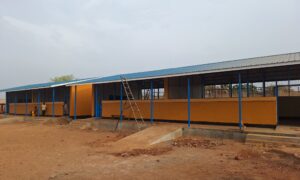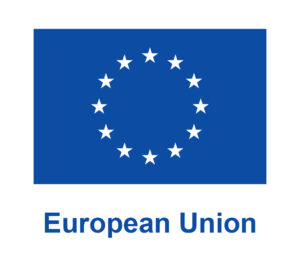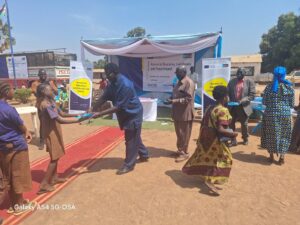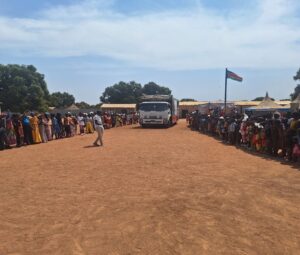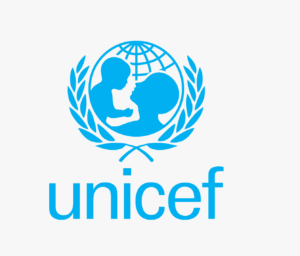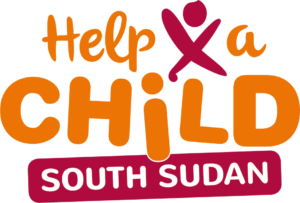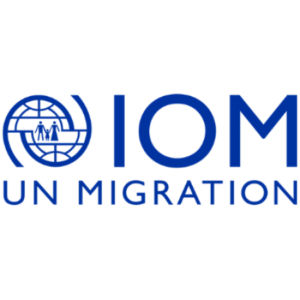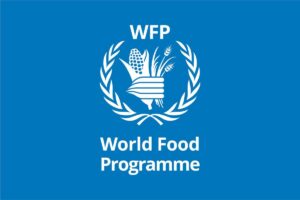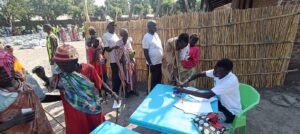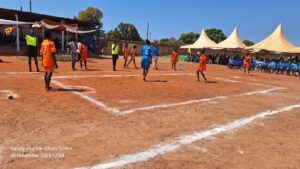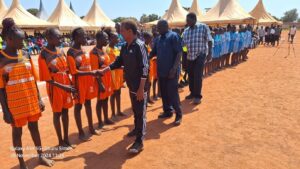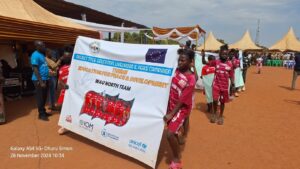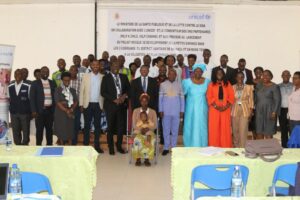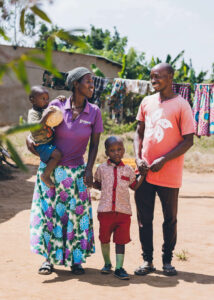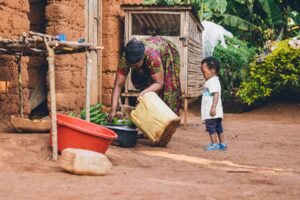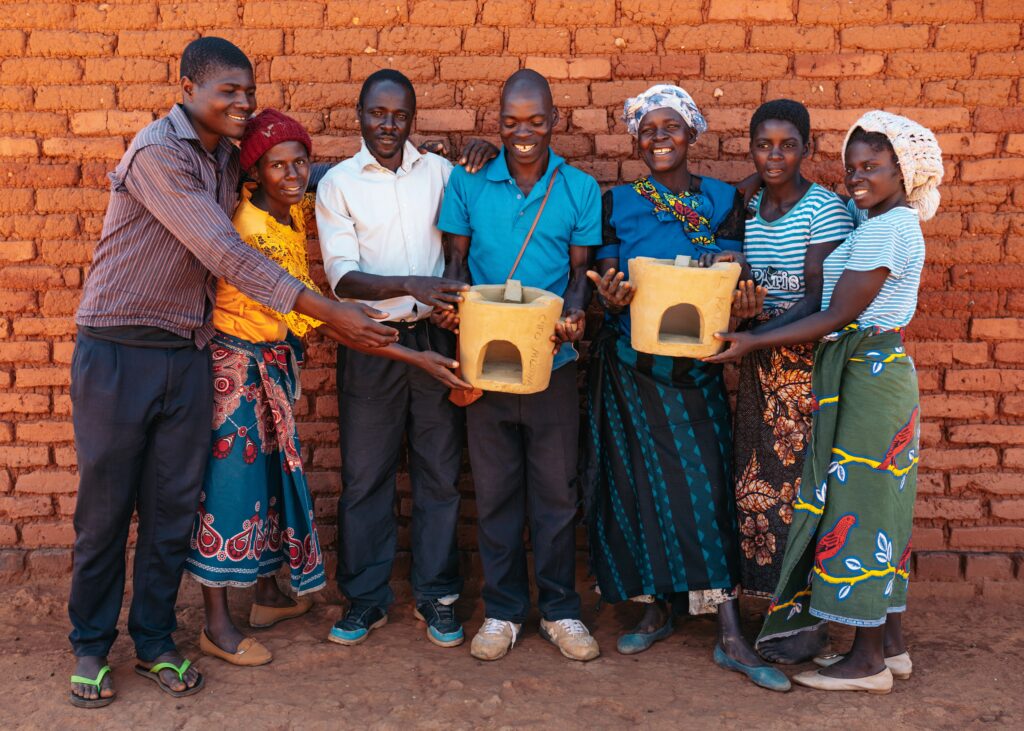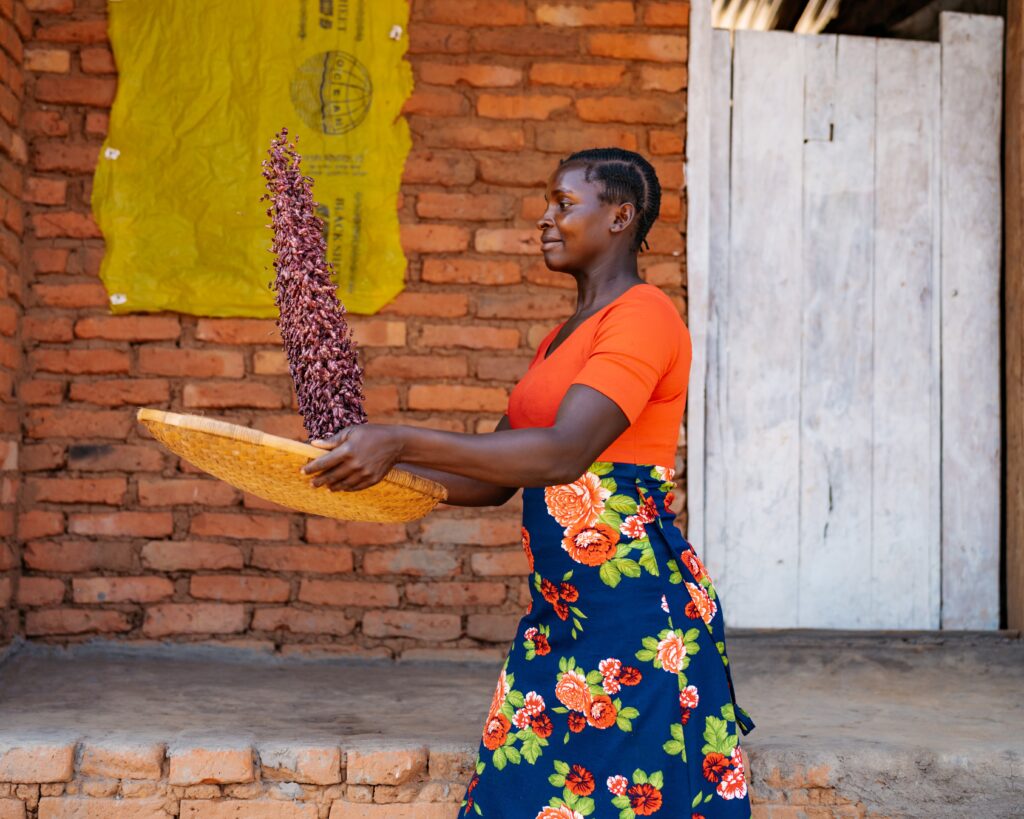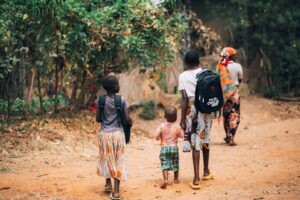
Since September 2023 up to September 2024, Burundi has experienced 257 emergency events resulting in 304,369 affected persons. Natural disasters remain the primary cause of human internal displacement in Burundi, currently amounting to 93% of the IDP cases reported. Rumonge is the most affected province by natural disasters, currently reporting 15,377 IDPs, Cibitoke is second with 13,482 IDPs while Bujumbura Rural reports 12,281 IDPs.
In Rumonge, Cibitoke and Bujumbura Rural, houses, roads, schools and health centers have been destroyed or irremediably damaged by the impact of El Niño; floods, torrential rains, heavy winds, landslides and extended dry seasons. Households in remote areas had limited to no support due to road conditions and accessibility levels.
Help a Child Burundi stepped in to help with cash aid and emergency packages to 147 families consisting of 981 people to address malnutrition, shelter and education needs of the children. Children must always benefit from what we do.
This summer, Help a Child Burundi distributed unconditional multipurpose cash aid to 144 IDP households in Muhuta (Rumonge) and Mutimbuzi (Bujumbura Rural). Each family received BIF 150,000 worth of cash aid. Furthermore, the 120 households displaced by natural disasters in Muhuta received NFI kits. These partial NFI kits were composed of 2 sleeping mats, 2 buckets, 2 Jerrycans, 2 serving spoons, 2 big cooking pots, 2 Solar lamps, 5 plates, 5 cups, 5 spoons and 1 ugali cooking malanchot.
Help a Child concluded the Intango Nshasha intervention with the distribution of 481 partial education kits for IDP children and adolescents out of school or at risk of dropping out of school in Muhuta (Rumonge), Mutimbuzi (Bujumbura) and Murwi in Cibitoke (152 young children between 0-7 years, 164 children between 8-12 years and 165 adolescents between 13-17 years).
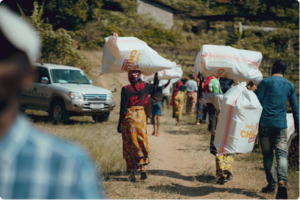
Through the Intango Nshasha (a new beginning) project, 981 IDPs accessed relief aid within the 144 households displaced by natural disasters. Among these, there are 21 widows/widowers, 91 orphans, 14 adolescent mothers, 51 persons living with disabilities, 101 children out of school and 147 unemployed youth.
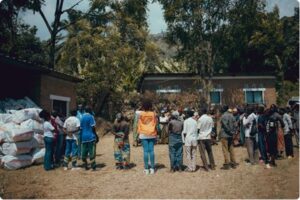
“These families lost everything. Help a Child supported them to get back on their feet with NFI kits and unconditional multipurpose cash aid. They are yet to recover their homes but despite being surrounded by overwhelming challenges, today they know that they are not alone.” – Celia Akimana
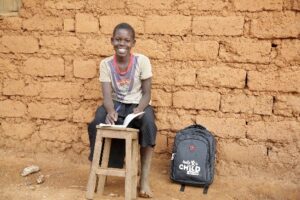
“Since the death of our father (August 2023), my mother has worked tireless but struggled to cover the education, nutrition and health needs of our family. Unfortunately, this year, I was recently kicked out of school for not having school materials. Thank you Help a Child, for supporting me to resume studies”. – Niyokwizigirwa Gentile (14 year old student in Murwi)
Climate Change
Burundi produces less than 0.02 percent of global greenhouse gas emission, yet it is deeply affected by climate change in recent years, currently considered among the 20 most vulnerable UN countries vis a vis climate change. The country faces significant roadblocks in addressing the main drivers of natural disasters and climate change due to limited community sensitization, technical knowledge on climate adaptation measures and climate risk monitoring systems.
The nation has adhered to international conventions and developed national policies promoting climate resilience but the elaborated strategies has not been implemented effectively due to significant gaps in terms of investment needed to achieve climate resilience, the green and blue economies vis a vis available funding. The Burundian government and the UN issued a joint statement in April 2024 appeal for support to address Burundi floods however, up to date, there have been limited support mobilized by the international community.
As the Intango Nshasha project comes to end, Help a Child continues to appeal for relief aid and early recovery support towards flood victims and capacity strengthening of communities at risks. As the Intango Nshasha project ends, a new partnership has emerged with WFP through the Merankabandi project. Help a Child is currently doing biometric registration of IDP households in Muhuta with the ambition of supporting the most vulnerable households with unconditional multipurpose cash aid and food aid.
Help a Child Burundi
Help a Child has been working in Burundi since 2016 carrying out community-based relief aid and development interventions in the Early childhood education (ECD), Child Protection, Food Security and livelihoods (FSL), Shelter and non-food items (NFI) and community empowerment sectors.
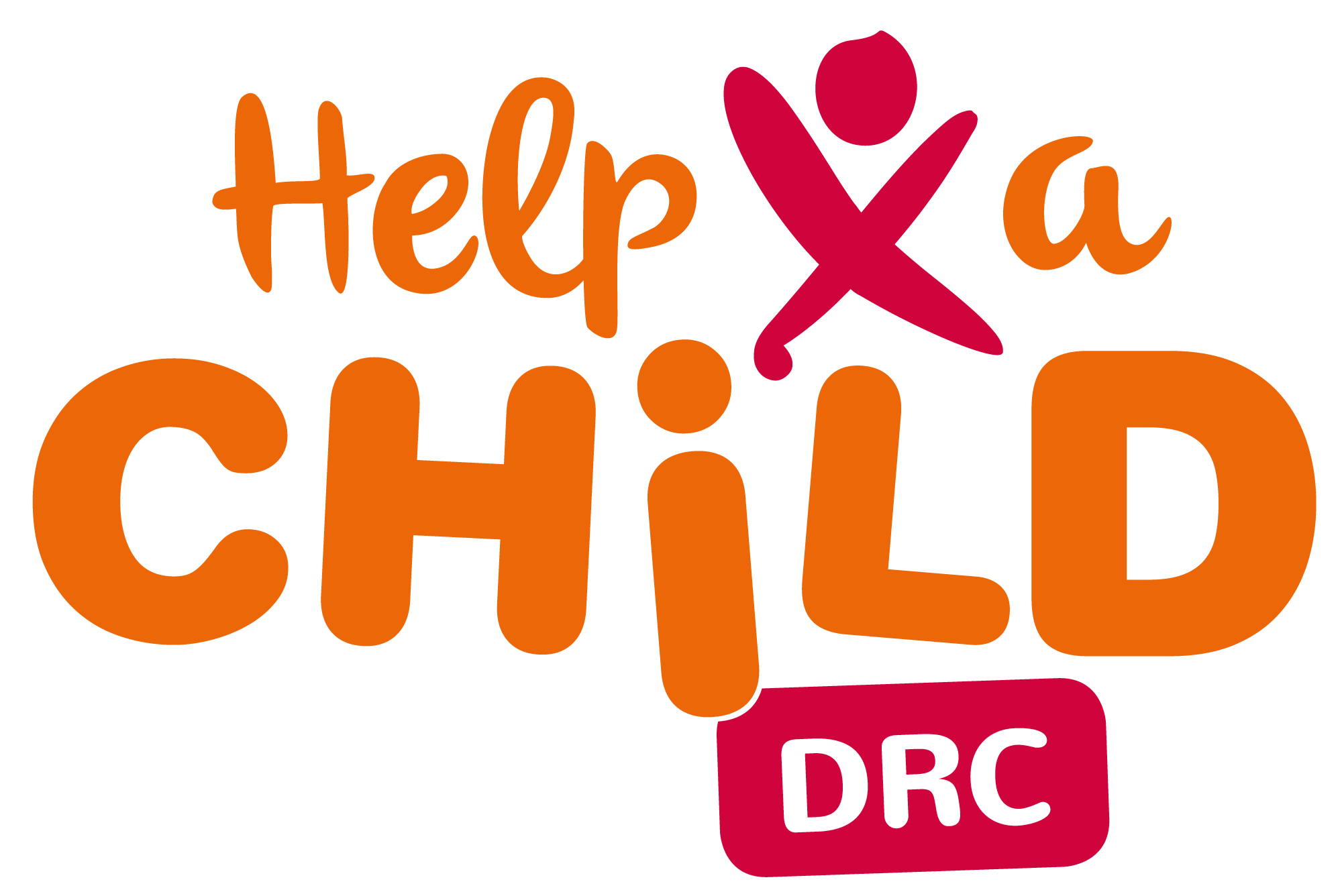
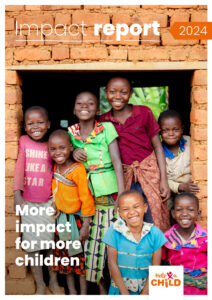 It was not an easy time to work, with the world in turmoil and crises such as conflicts, environmental threats, resource scarcity, and much more hitting the most vulnerable the hardest. Communities, especially children, paid an unacceptable price. Meanwhile, in many Western countries, support for development cooperation and international solidarity is declining.
It was not an easy time to work, with the world in turmoil and crises such as conflicts, environmental threats, resource scarcity, and much more hitting the most vulnerable the hardest. Communities, especially children, paid an unacceptable price. Meanwhile, in many Western countries, support for development cooperation and international solidarity is declining.